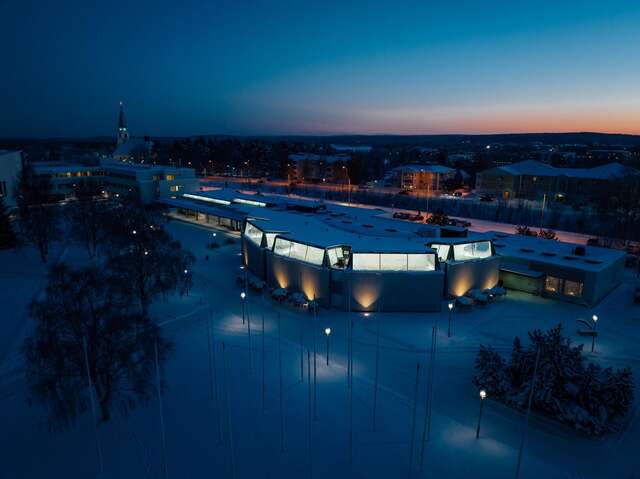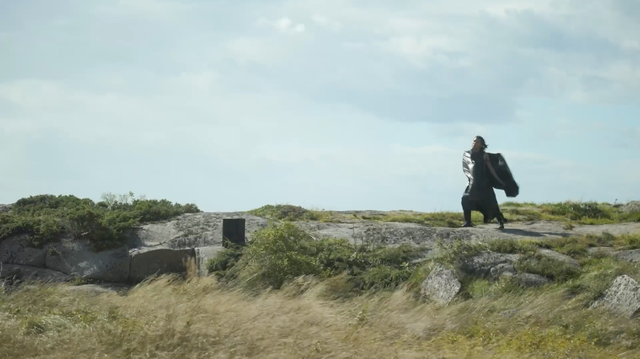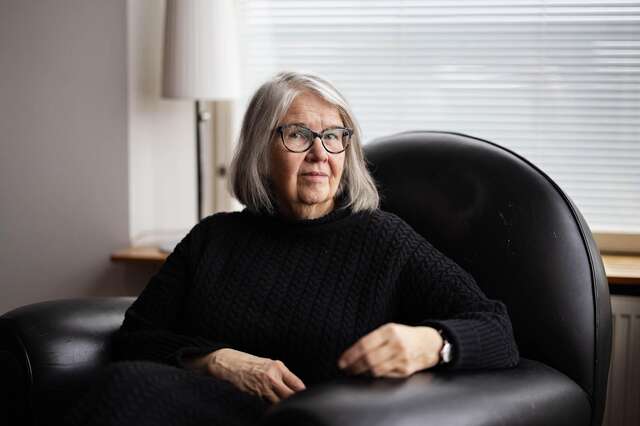How to educate architects into transformative practitioners?
Pietari Purovaara
Architect Essi Nisonen graduated from Tampere University with a master’s thesis entitled “Architecture as Sustainability – Educating the Transformative Practitioner”, which was selected as one of the best diploma works in 2022 and shortlisted for the 2023 Wuorio Award. We asked Nisonen to tell us about her thesis.
Architects’ work is deeply intertwined with attitudes and phenomena that have caused and accelerated the climate emergency. If we fail to re-evaluate the values, attitudes and habits that guide our professional praxis, we will only further deepen our complicity in the climate emergency.
The foundation of our professional identities and our understanding of our societal roles and responsibilities is formed during architecture education. It is paramount that we stop to think how and why we teach architecture and what kind of architects we are training. We must begin by rethinking the relationship between our education and sustainability.
Instead of learning about sustainability and sustainable design solutions or viewing sustainability as a characteristic of our design solutions or the outcome of a successful design process, sustainability should be the framework through which we work. Sustainability should be the starting point, the process, and the outcome of design. Sustainability should be integrated – fundamentally connected – to the building blocks of our professional identities.
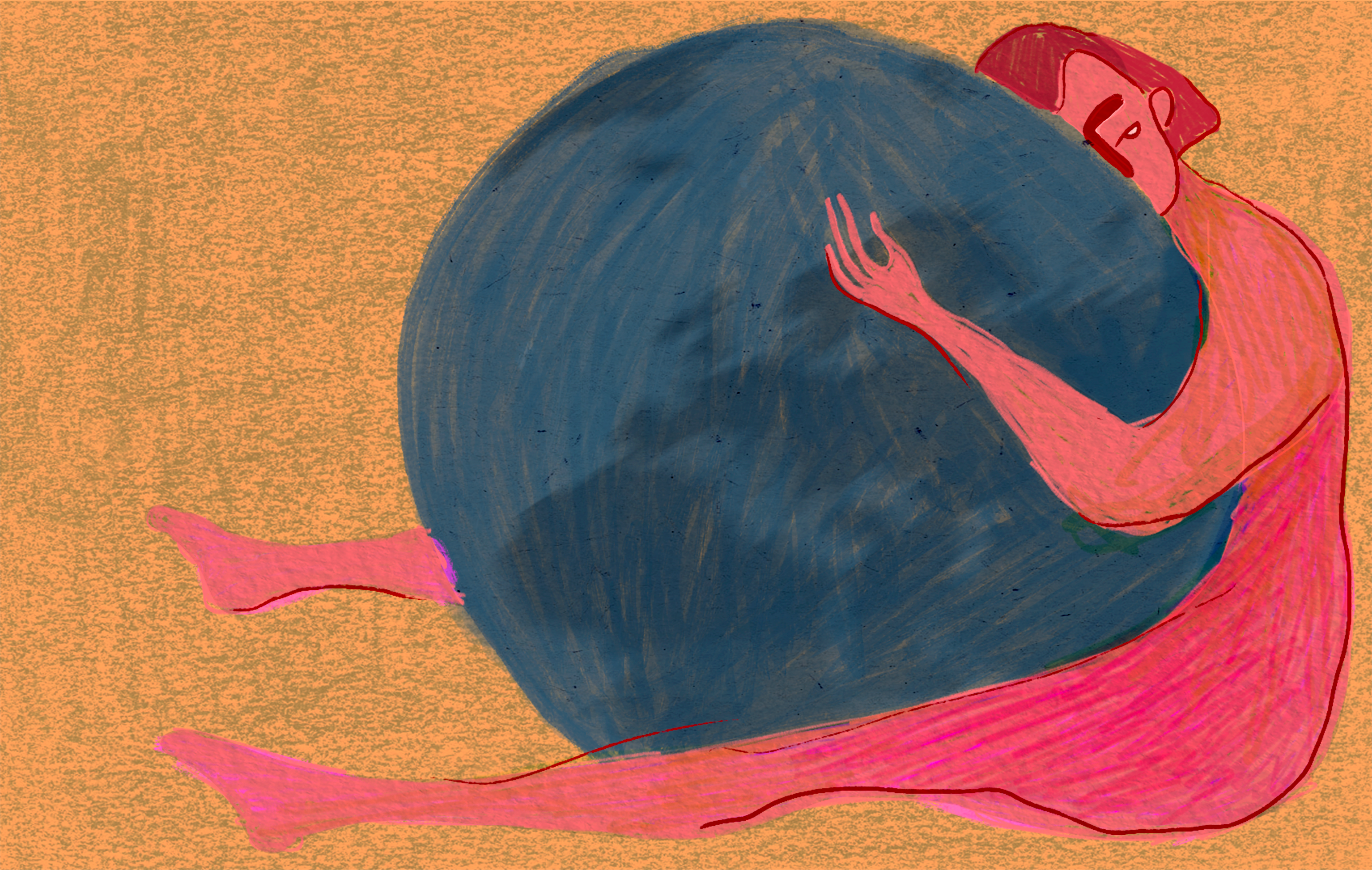
The aim of my master’s thesis, ”Architecture as Sustainability: Educating the Transformative Practitioner”, was to identify holistic approaches for integrating sustainability into architecture education. The thesis is based on an international, interdisciplinary literature review bringing together insights from, e.g., design theory, systems thinking, experiential learning and environmental education.
I mirrored observations from the literature review to current teaching and learning cultures in architecture education (especially the design studio) and best-practice examples of integrating sustainability into teaching and learning. I observed that the integration of sustainability requires the re-evaluation of both the dominant values, cultures, and norms, as well as teaching methodology and curriculum structures.
It is not a question of us not knowing what design solutions we should aim for in the climate emergency. We know that we should restore and strengthen ecosystems and biodiversity and that the spaces and places we design should improve the well-being of both human and non-human users. We know that the environments we design should enable fossil-free lifestyles where everyday actions aren’t dependent on consumption and where the need for energy use is minimised.
In architecture education, both teachers and students strive towards these goals by seeking concrete advice or exemplary case studies. The teaching staff may ponder what kind of design briefs would result in as holistically sustainable student projects as possible. Sustainability is, however, a systemic problem where solutions and actions are only the tip of the iceberg. They are formulated through our values, norms and (professional) cultures. So, above all, the key issue is that our understanding of why and how architecture is taught doesn’t fully align with values and cultures that promote sustainability.

Besides knowledge and tools, the ability to promote sustainability in one’s life and work calls for a deeper understanding of cause and result. Architects should be able to understand the complex interconnections and societal structures that affect their designs, to critically evaluate dominant situations and power positions, and, most importantly, understand their own position in these structures. What are we grounding our actions on or justifying them with, what kind of effects does our work have, what kind of responsibilities do we have and towards whom? Could we act differently?
Learning that promotes the development of these kinds of critical thinking skills is called deep learning. Deep learner constructs their own meanings by connecting new information to their existing perceptions and experiences. They seek broader principles behind this new knowledge and critically evaluate it. Deep learning isn’t, however, a self-evident part of learning, because it can only occur in certain kinds of learning environments.
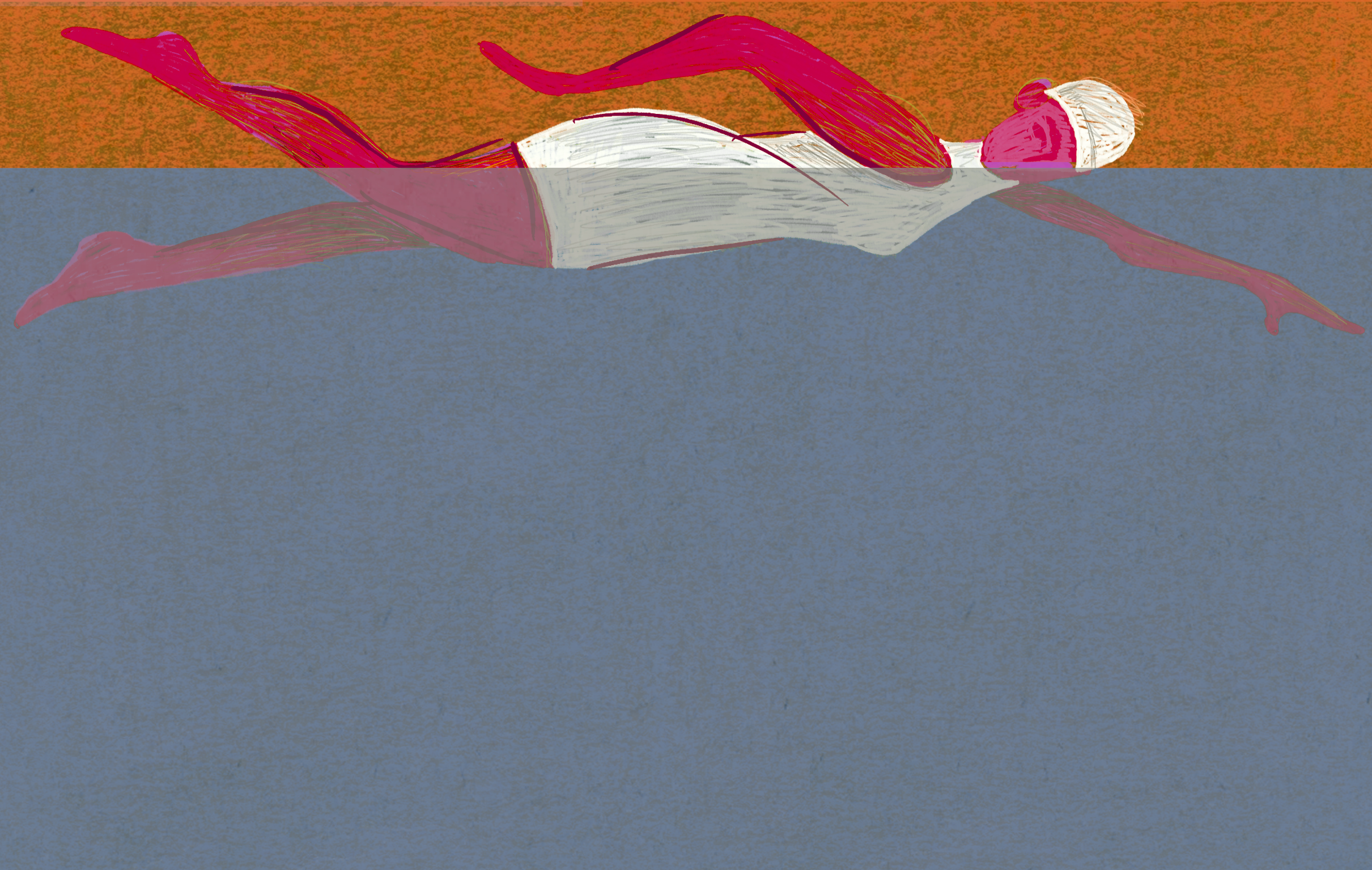
Architecture design is heavily guided by the master-apprentice culture that promotes individual capability, vision and creativity (of both the teacher and the learner). During teaching events, the practitioner-teacher typically guides the architecture students’ work based on their own know-how and vision, communicating their own (professional) tacit knowledge. Learning is, however, knowledge construction, not knowledge transmission. Learning is about making meaning from experiencing and analysing these experiences alone and together with others.
Knowledge construction and deep learning can only be done in discursive and dialogic learning environments with low hierarchies where diverse voices are heard. A spark for learning things that challenge one’s perceptions and sense of self as well as the surrounding society, can only be lit when the student feels seen and heard. The views of a single individual (e.g., the teacher) shouldn’t be overplayed in learning environments.
Another key characteristic of learning environments that encourage deep learning is that the teacher can act through versatile roles, not just as a subject expert. These roles include, e.g., being a facilitator of knowledge creation or a coach encouraging trying and testing new ideas. To summarise, deep learning can be promoted by dismantling the top-down hierarchies between teachers and students typical for the master-apprentice culture as well as decreasing the use of teaching methods based on knowledge transmission that promote individual capability and creativity and external validation over self-motivation.
The most important thing is that instead of the outcome, teaching supports the journey. The focus of architecture education should be moved from the outcome of design projects towards the design process. Architecture is as much about defining and understanding problems as solving them. Instead of students solving pre-defined design problems or design briefs, it is vital that students understand where these problems come from, why they matter, and whether these problems could be defined in another way. Holistic and critical sustainability thinking requires the questioning of dominant systems and paradigms. Students should be given enough support, tools, and possibilities to explore, define, imagine, test and reflect on alternative approaches.
It is not enough that architects are being trained to work through the current values, norms and cultures in the field, adopting an established professional identity of an architect. Educating transformative practitioners requires that they are given enough tools and possibilities to critically evaluate and develop the surrounding world and our own profession. Educating transformative practitioners requires dialogic learning environments promoting community and collaboration and where diverse voices are heard. Most of all, one becomes a transformative practitioner together with others – no-one can change the world alone.
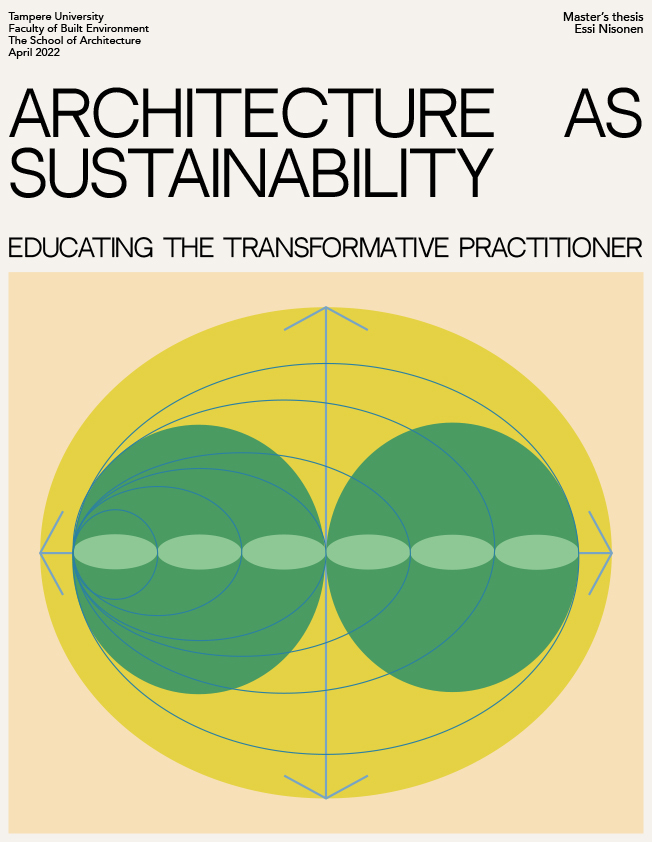
Essi Nisonen graduated as an architect from Tampere University in May 2022. The examiner of her work was Associate Professor Sofie Pelsmakers, who also acted as supervisor together with University Instructor Jenni Poutanen. Her research was supported by Arch4Change climate emergency curriculum funded by Erasmus+. Currently, Nisonen works as a doctoral researcher and teacher of housing design at Tampere University.
